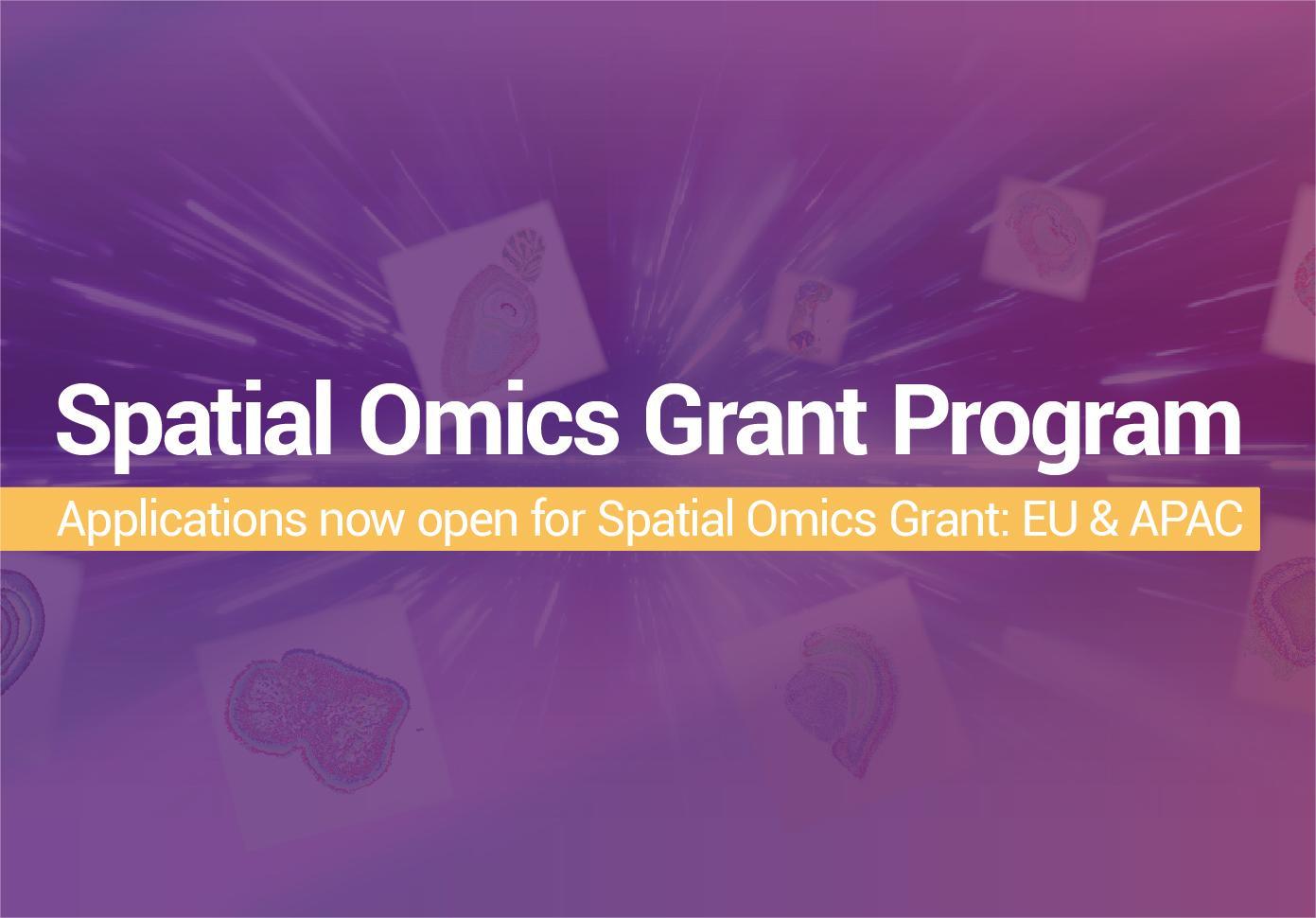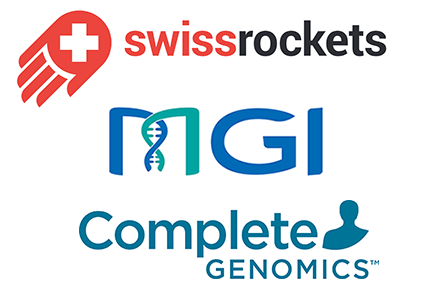RIGA, Latvia, November 26, 2019 –MGI announced a collaboration with scientists around the world to sequence and analyze 10 million cells in an effort to build a comprehensive single-cell transcriptome map to be shared with the scientific community.
The“10 Million Single-Cell Transcriptome Project (scT10M)” was launched today during the opening ceremony of MGI Latvia and the China-Europe Life Health Innovation Center in Riga.
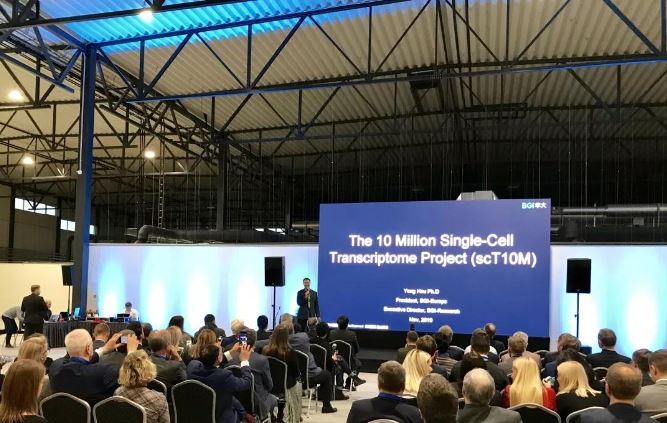
Hou Yong, Head of MGI Europe and Africa introducing scT10M
The scientists plan to use single-cell RNA sequencing of 10 million cells to digitalize life at single-cell resolution for better understanding of life science, including human health and disease, systems biology, evolution, development and biodiversity.
Combining the latest high throughput sequencing methods with the strengths and expertise of different institutions around the world can propel breakthroughs in understanding of cells, said Prof. Miguel Angel Esteban Barragan, Professor of Guangzhou Institutes of Biomedicine and Health, Chinese Academy of Sciences, and the founding member of the Single-cell Consortium of Greater Bay Area of China. “It is only by working together that we will be able to achieve the ambitious goals of this project.”
The rapid proliferation of single-cell sequencing technologies recently has greatly improved our understanding of heterogeneity in terms of genetic, epigenetic, and transcriptional regulation within cell populations. However, our knowledge of cell biology remains incomplete when it comes to cell types, cell states and their relationships during the development and progression of disease.
The core technology of DNA nanoball (DNB) from MGI, combined with spatial and cell barcoding approaches, will enable ultra-high throughput (1 million/batch) of single-cell profiling, said Dr. Radoje (Rade) Drmanac, chief scientific officer and co-founder of Complete Genomics and a research scientist and inventor in the field of human genome sequencing. The scT10M Project aims to sequence and analyze cells from tissues, organs and cell models of human and other species over the next two years. A resulting comprehensive single-cell map will be made publicly available. The project could encompass various research and application areas, including cancer biology, neuroscience, immunology, cell development and regeneration, disease mechanisms, drug screening, cohort study, biomarker discovery, aging and evolution.
The partners aim to finish Phase 1 of the study – the first map of 10 million cells – by the end of 2021.
The scT10M Project will encompass many different species and build an open database, supporting global efforts to translate advances in single-cell technology to digitalize the world at single-cell resolution and better understand life science, human health and diseases.
The project is currently opening a call for proposals, and inquiries from all interested collaborators are welcome. For more information, please contact:
P_sc10M@genomics.cn



 Sequencer Products: SEQ ALL
Sequencer Products: SEQ ALL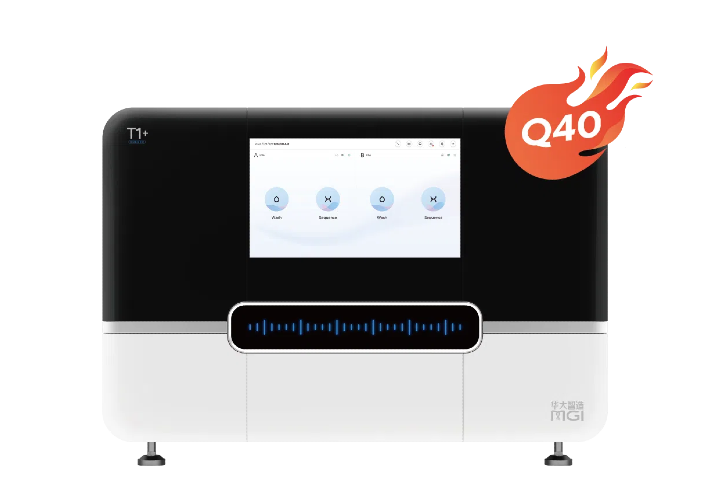

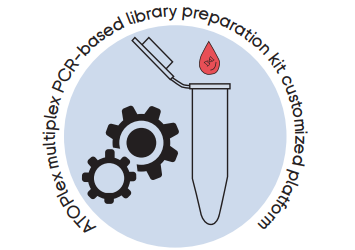
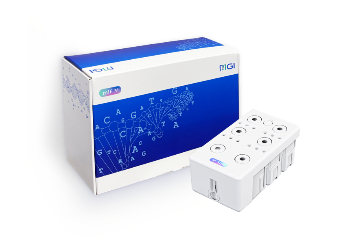

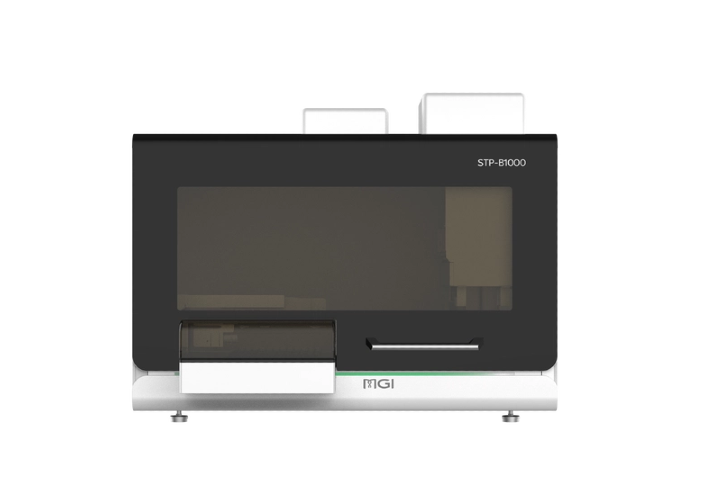

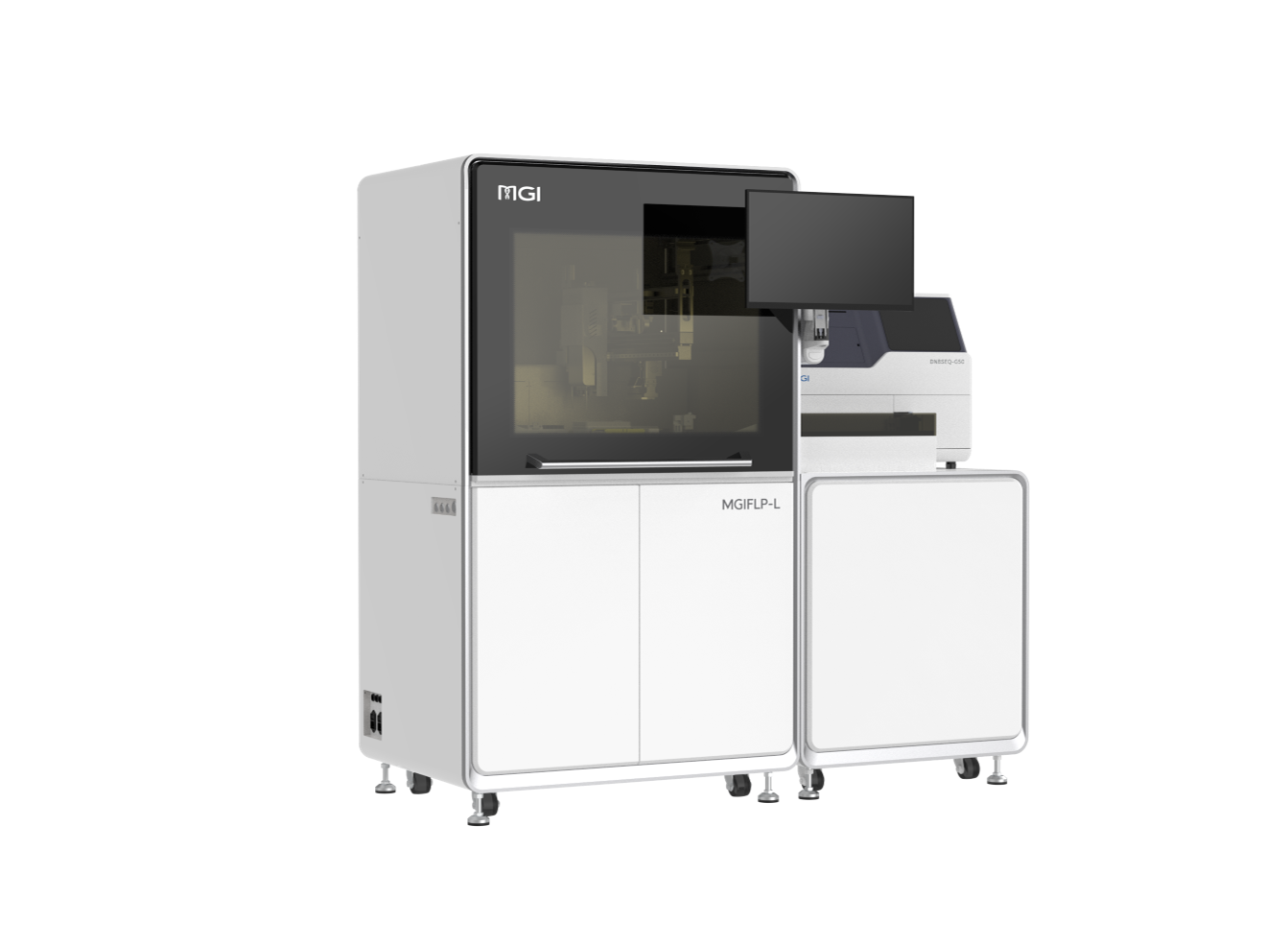
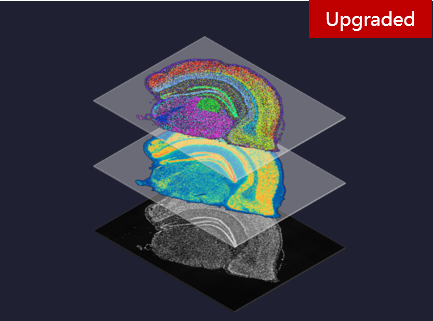
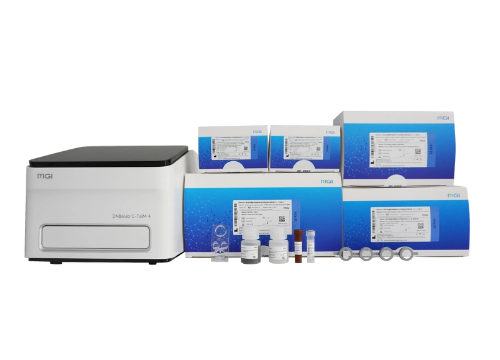
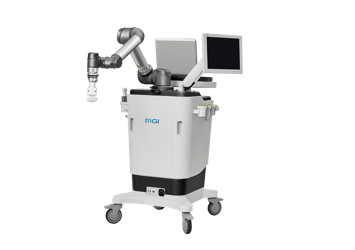

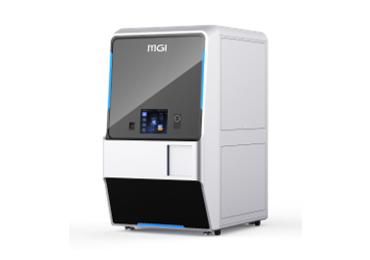



 Technologies
Technologies Applications
Applications Online Resources
Online Resources Data Bulletins
Data Bulletins Service & Support
Service & Support Global Programs
Global Programs Introduction
Introduction Newsroom
Newsroom Doing Business With Us
Doing Business With Us Creative Club
Creative Club









